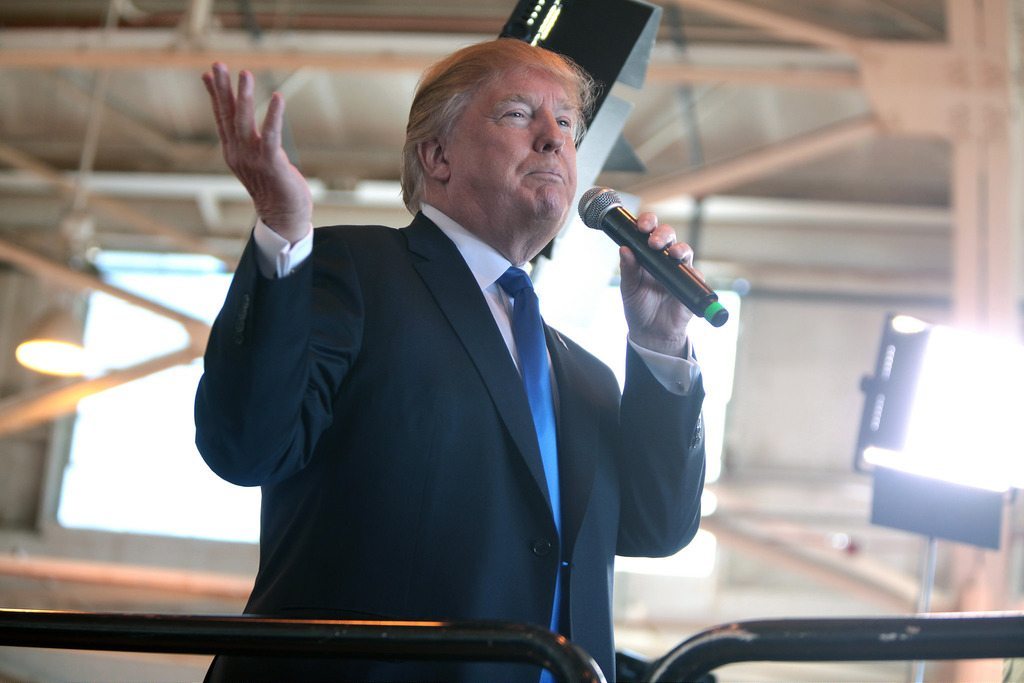Thanks to Donald Trump and Bernie Sanders, foreign trade became one of the central issues in the presidential campaign. But even though trade agreements were talked about a lot and pointed to as a major source of what is wrong with our economy, there was no discussion about a path forward on how to fix them.
The only things we heard from Trump about what he would do on the issue of trade are that he would re-negotiate “great” deals, that he would put corporate leaders in charge of negotiations and that he would institute massive tariffs (as high as 45%) on any country that didn’t cooperate. Everything about that is a recipe for disaster.
Mr. Trump has not yet clarified his promises on trade, but most experts say it will be very hard to simply walk away from Nafta and impose a 45 percent tariff against imports from China. “In an age of global supply chains,” said Dani Rodrik of the Kennedy School of Government at Harvard, “you cannot take a chain saw to trade agreements and not end up cutting your foot off.”
I would simply note that on the Democratic side, we got no plans from Sanders on specifics of how he would negotiate trade deals, and while Clinton pointed to the parts of TPP that she didn’t agree with, she failed to propose any plan for going forward.
Two of the few voices on the left that actually provided a comprehensive approach to trade agreements are Jonathan Bernstein and Lori Wallach in an article that generated almost no discussion. What went completely unaddressed is that, much like getting legislation through Congress, negotiating trade deals involves working with a group of people from other countries who all have their own agendas and politics to take into account. In other words, they require the give-and-take of compromise. While the U.S. is certainly in a strong position, this country cannot simply dictate the terms – unless we want to return to being a colonialist power.
I recognize that all of that was deemed to be meaningless in an election where the issue of trade was used as a vehicle for arousing anger and pointing a finger of blame. But doing so isn’t enough. In order to fix a problem you eventually have to come up with a solution. Trade and globalization are going to move forward regardless of how angry some people are about that.
So where does that leave us now? Much as President Obama predicted, China is wasting no time in stepping in to the void created by the demise of the TPP.
China will seek support for a Beijing-led Asia-Pacific free trade area at a regional summit in Peru later this month, Chinese officials said on Thursday, after Donald Trump’s U.S. election win dashed hopes for a U.S.-led free trade pact…
Obama had framed TPP, which excluded China, as an effort to write Asia’s trade rules before Beijing could, establishing U.S. economic leadership in the region as part of his “pivot to Asia”…
“China believes we should set a new and very practical working plan, to positively respond to the expectations of industry, and sustain momentum and establish a free trade area in Asia-Pacific at an early date,” Li said.
Aside from Peru, Xi will also make state visits to Chile and Ecuador during a week-long trip to Latin America. Peru and Chile are both party to the now endangered TPP…
Some see the demise of the TPP as an opportunity emerging for Beijing from Trump’s surprise victory, which also brings greater uncertainty for U.S.-China relations and the regional balance of power.
My concern is not simply that this likely puts China in the position of being the global leader on trade. It’s that what we’ve seen from our president-elect’s past is that when he feels threatened, he lashes out in anger to say/do ignorant things.



